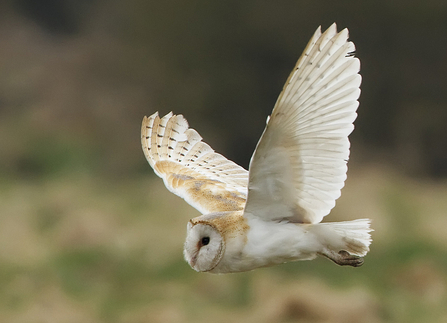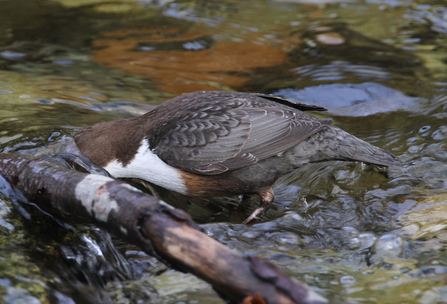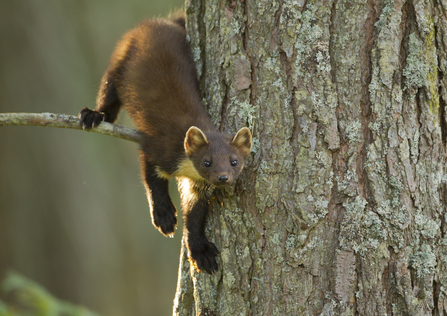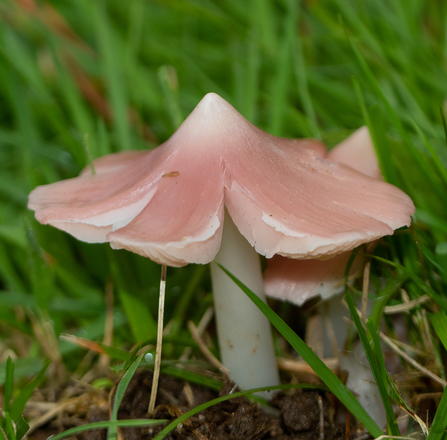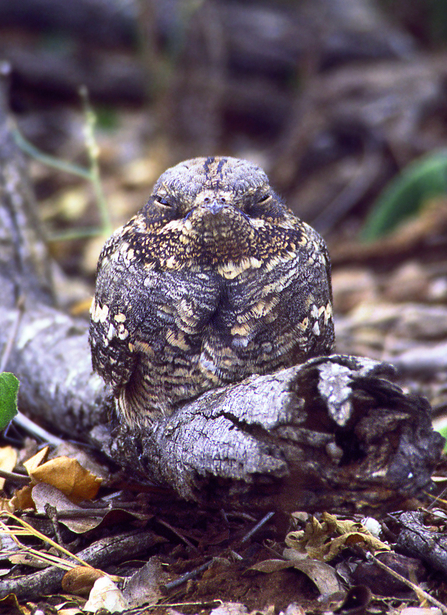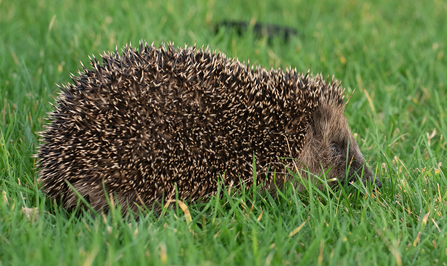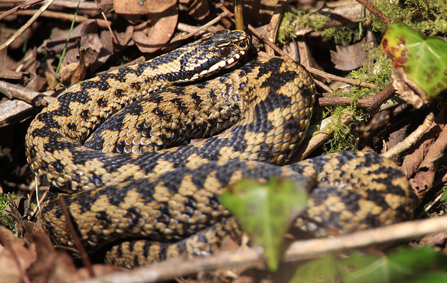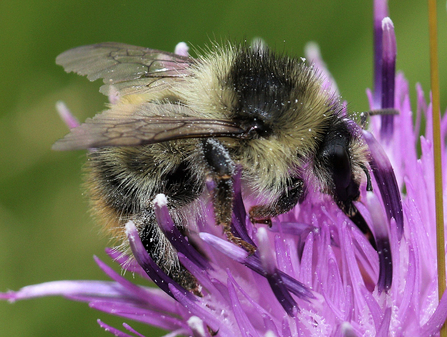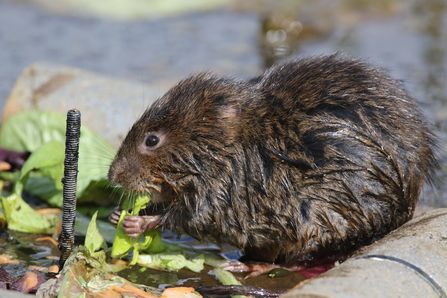At Gwent Wildlife Trust, we care about all of Gwent’s wildlife of course and strive to ensure a biodiverse, healthy, functioning environment for us all to enjoy. We value each species intrinsically. We however also recognise the need to target our efforts, and to be able to measure the success of this.
To this end, we have chosen 10 vulnerable species that we will particularly focus on between now and 2030, with the intention of making a real, measurable difference to their fortunes in Gwent. It wasn’t easy shortlisting these 10, for a long time we had 11, we were then ruthless and only had 9! However, we settled on these 10 species as follows:
1) Grayling butterfly (Hipparchia semele)
2) Barn Owl (Tyto alba)
3) Dipper (Cinclus cinclus)
4) Pine Marten (Martes martes)
5) Pink Waxcap (Porpolomopsis calyptriformis)
6) Nightjar (Caprimulgus europaeus)
7) Hedgehog (Erinaceus europaeus)
8) Adder (Vipera berus)
9) Shrill Carder Bee (Bombus sylvarum)
10) Water Vole (Arvicola amphibius)
Why these?
Firstly, each of our selected species occur in Gwent, are threatened and as such feature as 1 of the 100 species reported in "The Greater Gwent State of Nature Report” (2021). Moreover, targeted work for each species will benefit countless other species in varied habitats across Gwent. Dippers, for example, rely on healthy rivers; Shrill Carder Bees on flowery grasslands; Grayling butterfly on post-industrial colliery sites; and Hedgehogs in more urban areas. If Dippers are to be thriving on our rivers it means the watercourses must be unpolluted, with plenty of insect life for them to eat, this will also mean more fish, and in turn more Otters.
We also hope our 10 species are readily identifiable and will capture people’s imagination, and so inspiring wildlife enthusiasts and those newer to nature alike. This is where hopefully you can all help.
How you can help
For Hedgehogs your help can be very direct, making your gardens more wildlife friendly. For the other species it may be less obvious how we can all get involved, but will be sharing opportunities to take part in citizen science and campaigns. Naturally, your continued membership is much valued and helps to fund and support our work.
For those of you who are fortunate enough to have some land, you can help by telling us if these species are (or used to be) on your land, and if you’re interested in taking measures to enhance your land for them. If so, please contact me via info@gwentwildlife.org.
We want everyone to get involved. If you happen to see any of these 10 species please report your sightings to the South East Wales Biodiversity Records Centre (SEWBReC) . If we know where they are, then we can take measures to protect them and enhance adjacent habitats so they can spread and colonise other areas.


